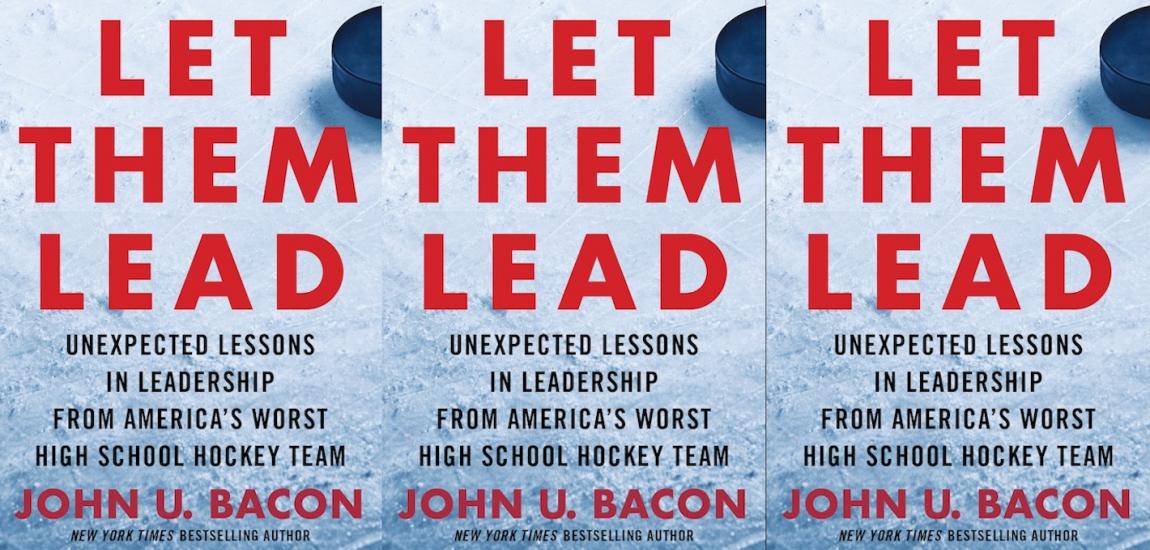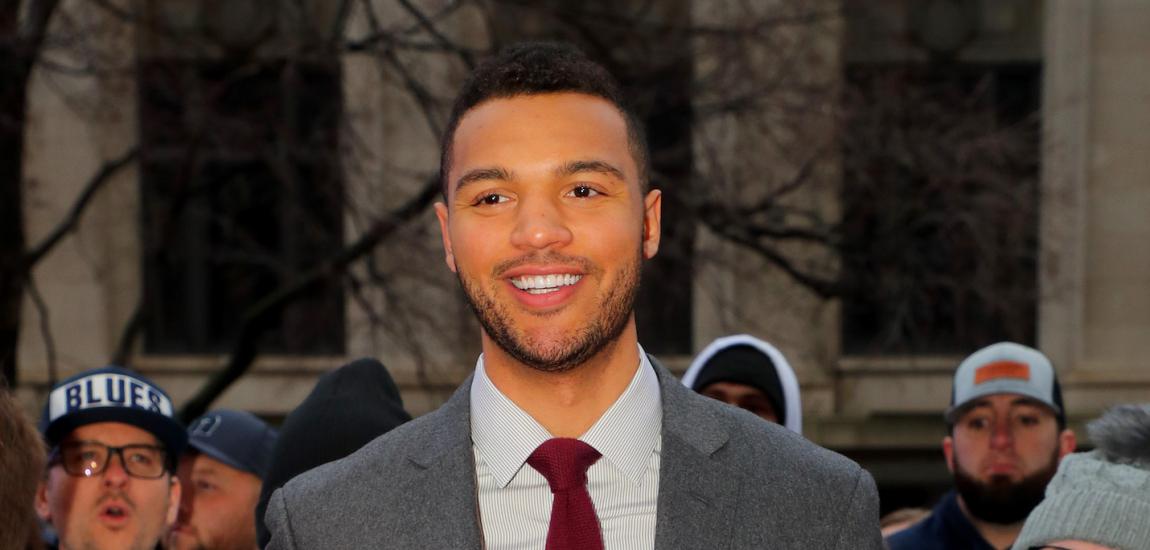
Everybody loves Teemu.
When an injury kept Selanne out of the lineup for a game last year, the Anaheim Ducks coaching staff substituted one of its standard tactical reminders to players on the greaseboard with a personal appeal: "Win For Teemu." Former San Jose teammate Patrick Marleau says, "He's a guy you want to go to dinner with." Anaheim coach Randy Carlyle says Selanne is the most sought-after autograph wherever the Ducks go. A local columnist practically begs him to come back to Anaheim for another season. "Teemu, we need u," writes Jeff Miller of the Orange County Register.

A documentary crew is among the pack of media from Finland that shadows him in the final weeks of the regular season, just in case he decides this will be his last year. "Now I know how the Kardashians feel," Selanne cracks.
With the Ducks set to start the playoffs against the Predators, such a lovefest is to be expected. At 40, he continues to splatter the scoresheet with clutch goals. He beats players nearly half his age to loose pucks. And for good measure, he just picked up his first fighting major since his rookie season of 1992-93. When you combine his popularity, age and production along with the uncertainty of whether he will retire this summer, it's the feel-good story that everyone wants more of.
But the most astonishing angle isn't that Selanne still plays elite hockey as a 40-year-old, as compelling as that is. It's the fact that his career was over when he was 34.
In the summer of 2003, Selanne made what seemed like the perfect decision. He left San Jose, which had missed the playoffs, for Colorado, which had lost Patrick Roy to retirement but still had a stacked lineup with Joe Sakic, Peter Forsberg, Rob Blake and Adam Foote. And he was re-uniting with his old linemate Paul Kariya, who left Anaheim. Kariya and Selanne had been a lethal tandem with the Ducks, and they came to the Avalanche as a package deal.
Confidence was high.
Reality was a nightmare.
Selanne's left knee deteriorated throughout the season. His ice time dropped and so did his production, finishing with a career-low 16 goals for the season. He had once scored 20 goals in a month.
Then in the second round of the playoffs against San Jose, Selanne found himself out of the lineup for one of the games as a healthy scratch. The Colorado coach who made the decision to bench him was one of his former teammates, Tony Granato. The Sharks won the series. Selanne headed home to Finland. The owners' lockout wiped out the 2004-05 NHL season.
The prevailing wisdom was that the Finnish Flash was finished.

Without his signature speed, Selanne was ordinary, and that was unacceptable. If he couldn't play at a high level, he was going to close shop.
"I lost my passion for hockey," Selanne says.
As it turned out, the lockout actually helped Selanne. He had already undergone four surgeries on his knee, but they were all relatively minor. Tuneups to get ready for the next season. "Trying to buy some time," he says.
With the lockout, he had nothing but time. He underwent a major reconstruction.
"I decided when I went to surgery there's no way I'm going to play one game if my knee is not as good as it was before," Selanne says. "Even six months after the surgery, I thought, 'I'm done.' But then after eight months I started feeling great. Without that lockout, I'd probably doing something else right now. I don't know what but not playing hockey. I had time to really get ready again and fix the knee."
In 2005-06, he returned to Anaheim where he still owned a home and promptly registered a 40-goal season, his first since 1999. "It was like he was a totally different player," Marleau says. "Back to his old self."
During the season, he led Finland to the silver medal at the Olympics. His ferocity during the Olympic tournament was noticeable. "The way he played in Torino in 2006, I knew he was going to play a few more years," says Saku Koivu, his long-time Finnish teammate and current Ducks linemate.
The next season, he scored 48 goals and led the Ducks to the Stanley Cup championship. That could have given him a convenient reason to retire, but Selanne was having too much fun. And he wasn't taking it for granted.
"After coming back from the surgery, that made him pay more attention to the conditioning in the summers," Koivu says. "If a player of his caliber is healthy and then has the will and hunger again to work at being a top player, nothing is going to stop him. If you're healthy, it's more of a mental or psychological thing to want to show what type of person and player you are."
Down the stretch this season, he became the oldest player in league history to record a hat trick as part of a five-point performance in a game against Colorado. He also scored the tying and winning goals in the game that clinched a playoff spot, which only helped to spice the Selanne story even more.

But it all goes back to the misery he endured with the Avalanche in 2003-04.
"I really learned a lot from that year in Colorado," Selanne says. "I couldn't enjoy the hockey. I lost passion for the game. That opened my eyes, and the appreciation I have for the game right now is huge because of that. When I came back, I really started to appreciate the time I could play more and more. That's pretty much the reason why I'm still playing now.
"I just want to try to take advantage of the time right now and go from there. As long as I have fun, I enjoy coming to the rink and I can play well, I'll keep playing. But obviously I know it's got to stop somewhere. You've just got to be smart and do it on your own terms."
Selanne has often kids about one surefire strategy to extend a career: Switching from forward to defense.
"When you don't have the explosive skating ability anymore, you can still play five more years on the D," he says with a laugh. "As long as you're smart, you can pass the puck and see the game, you can still play on the D. I could do it, but you won't be seeing that.
"It wouldn't be pretty."
Maybe so. But knowing Selanne, he would find a way to make it seem fun for everyone.




